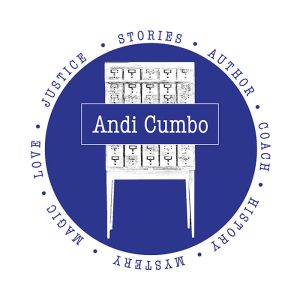Just down our driveway, past the voting house at the road (the one that will become our farm store), you will find our local post office. It’s about the size of a large bathroom, and in it, Kay the postmistress keeps the communications of this small town going. Behind the PO is an old family place, which our neighbor Glenn keeps up now that his parents have passed. He stores his 9 John Deer tractors there, and he’s told us we can help ourselves to the pear trees anytime we’d like.

© 2014 Nina Matthews Photography, Flickr | CC-BY | via Wylio
Across the road, the Tucker cemetery sits on a knoll, the mausoleum for Dinwiddie Tucker – the most famous man from Radiant, by my reckoning – is white and bold in this quiet country town. I expect when someone from a town of less than 200 people becomes a professional athlete – baseball in this case – his life and the memorial to his death become the stuff of legend writ large in white marble.
In a few minutes, Meander and I will take our first walk around this, our new neighborhood. We’ll pass the voting house and drop off a letter with Kay, then wave at Glenn as we swing by the cemetery and then past what I think must have been the local school on the corner. We’ll wander up Lost Mountain Road and pass the Mennonite farms tucked there.
I expect the dance of yellow and orange that makes a Virginia autumn will greet us at each step, and it’s almost guaranteed that I will tuck a leaf behind one ear. I imagine there will be talk about the woman and her dog that now live in the old Tucker Place. (Glenn has already reminded P that our house will always be “The Tucker Place,” and we are glad of that.)
I will take in the faces and names of each farm and each road, and I will watch especially for black faces because they are the breathing memories of the African American history on this land, the history that is most untold, at least publicly. And because here, in a world where life is still largely segregated, I want to extend my hand to see if anyone will want to take it.
I’ll memorize surnames as I walk and etch them onto the notebook I have just for this place when I get back. I pray those names lead me to more names, maybe even the names of the people who lived and worked as slaves here at The Tucker Place.
A walk – out from behind windows with at least one hand free to wave – that is the way to know a place – country or city. Beyond the confines of “mine” and into the world of “ours,” where stories stand in old trees and the way a road curves, and in the quiet graves marked by white tombs and those unmarked at all. The way to know a place is to walk it, and I begin today.
Have you ever found anything precious or new when you walked a place?
